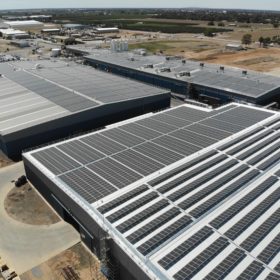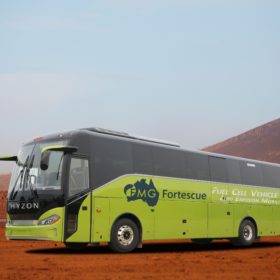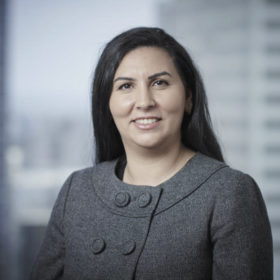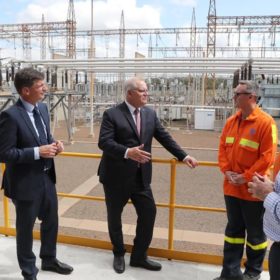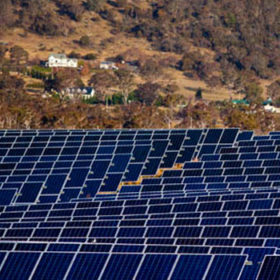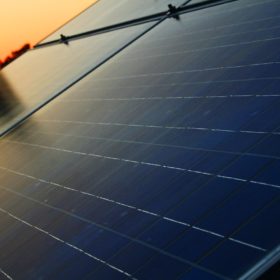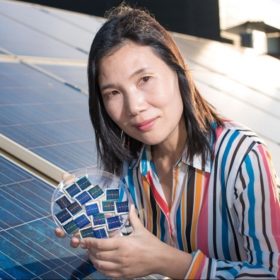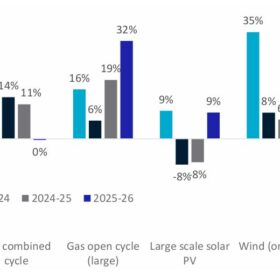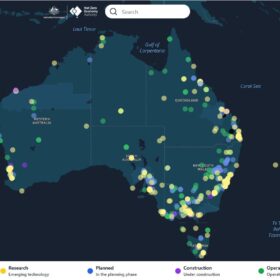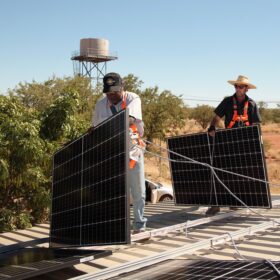Freedom Foods solar+storage array hits 500 MWh monthly output
Freedom Foods Group’s Shepparton site solar+storage array in Victoria has produced more than 3 GWh of clean energy in its first nine months of operation. The array is the first project in Australia to employ Fimer’s largest string inverters – the PVS-175. The project is claimed to be one of the largest single rooftop solar power installations in Australia.
Solar hydrogen to drive Fortescue Metals’ Pilbara workers
Mining giant Fortescue Metals Group is on track to transport workers at the company’s Christmas Creek iron ore mine with hydrogen-fuelled buses after gas supplier BOC confirmed it has been engaged to install renewable hydrogen production and refuelling facilities at the Pilbara site.
Tetris Energy to develop 4.8 MW Birdwood project in SA
Australian renewables developer Tetris Energy is set to add to its rapidly growing portfolio of solar farms having secured approval to construct a 4.9 MW facility in South Australia’s Adelaide Hills region.
Keeping pace with change
This month’s final thought comes from Violette Mouchaileh, EGM, emerging markets and services with Australian Energy Market Operator (AEMO).
Gold Coast to light up with 33 MW Goldmine Solar Farm
One of Australia’s tourist hot spots could soon be home to a major solar farm with the Gold Coast City Council giving a 33 MW project the green light.
Despite public sentiment, Morrison government goes it alone on gas
Australia is increasingly at risk of becoming “internationally isolated” with Prime Minister Scott Morrison declaring his government will not be dictated to by other countries on energy and climate policies.
Long-read: Finance hopping the fence to the greener grass
As Green Finance begins to be seen more and more as global best practice the energy transition can only accelerate. This week, two stories attest to the growing acceptance of green finance by major financial institutions – ANZ Bank has pledged to extricate itself from thermal coal by 2030 and pursue more sustainable policies and Mike Cannon-Brookes supported startup Brighte announces Australia’s first 100% green asset-backed securitisation, $190 million in debt financing for Australians looking to uptake solar and battery storage in their home.
Major economies should divert fossil fuel Covid-recovery cash to clean energy before it’s too late
A report by Finnish company Wärtsilä has estimated the potential impact if every dollar committed to a non-renewables energy sector recovery was instead funnelled to clean power.
Q Cells releases new solar module designed specifically for the Australian market
South Korean-based manufacturer Q Cells has launched its first “made for Australia” solar module and in a show of confidence, the Q-Maxx-G2 comes complete with an extended 15-year product warranty.
PM’s Prize for Science awarded to UNSW’s Xiaojing Hao for her pioneering work thin-film PV
The 2020 Prime Minister’s Prizes for Science took place virtually this year, but that won’t quash the recognition of Xiaojing Hao, UNSW’s solar pioneer who took home (or rather, received at home) the prize for Physical Scientist of the Year. Hao’s work in thin-film photovoltaics is leading the world in fashioning new and sustainable applications for solar PV.
